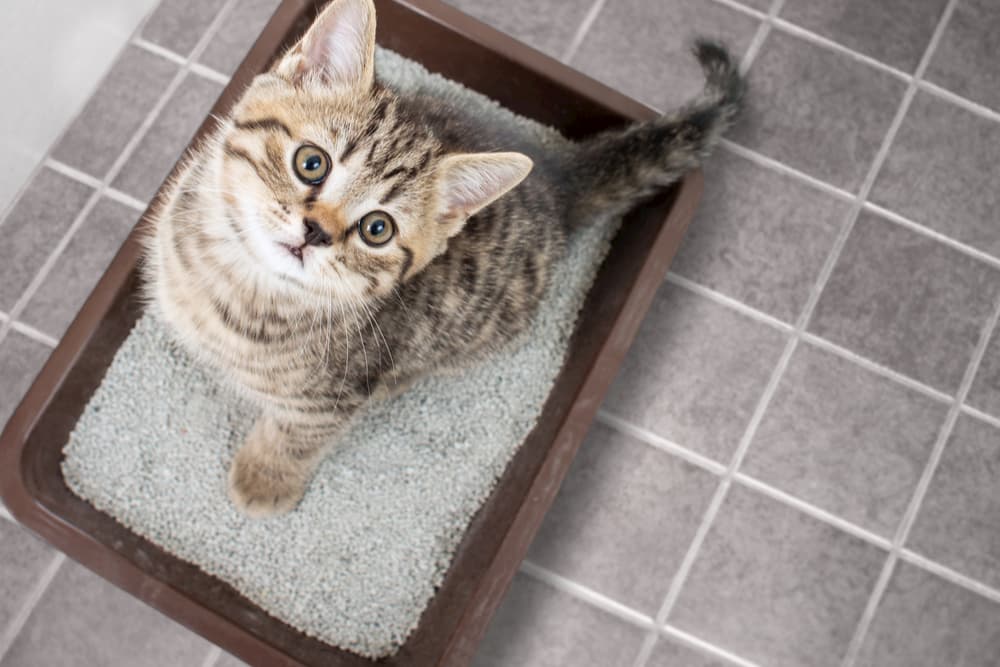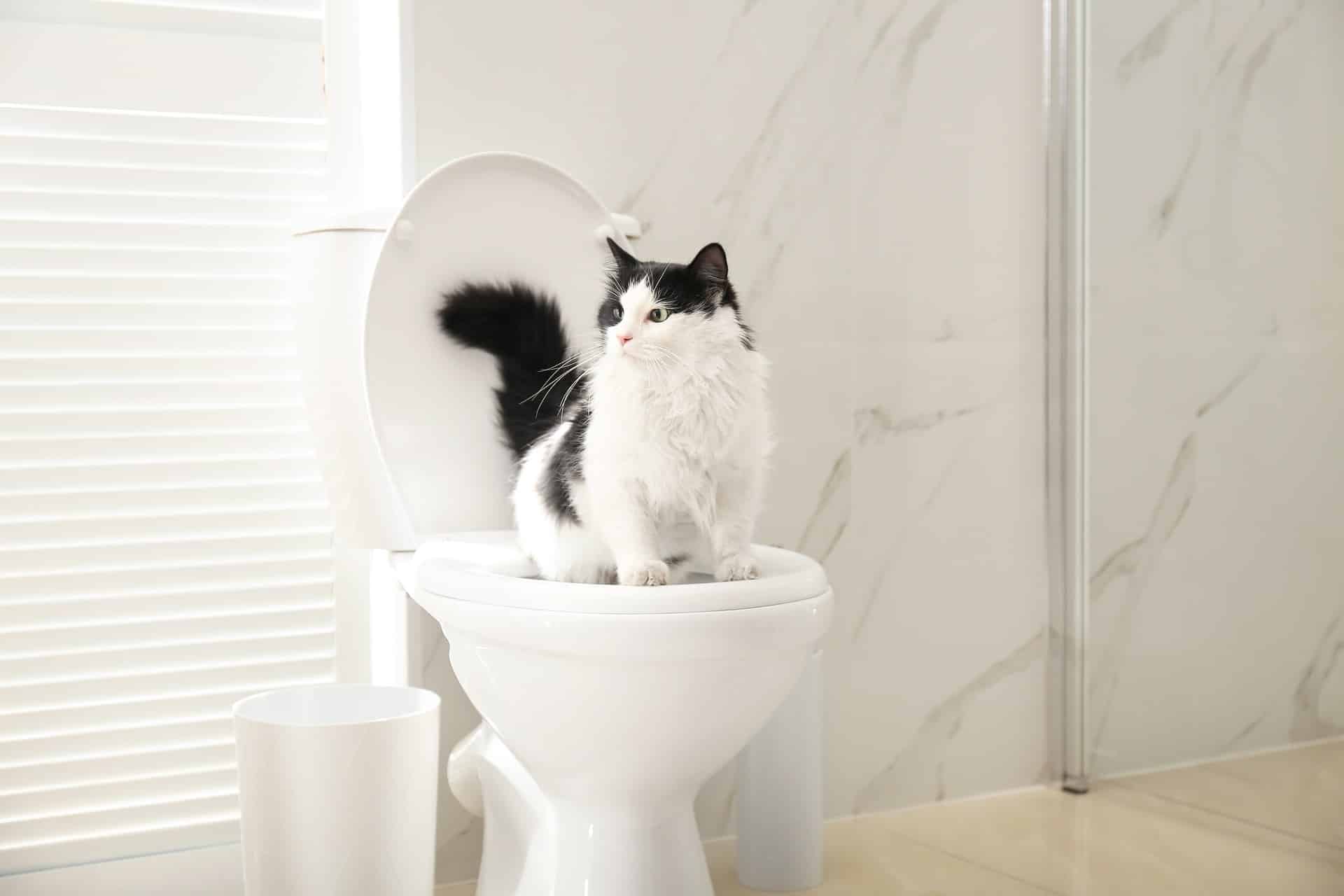Reasons Why You Need to Never Get rid of Animal Waste Down the Toilet
BookHow do you really feel in regards to 4 Reasons Why Dog Poop Cleanup is Important?

When it pertains to getting rid of waste, especially animal waste, many individuals frequently turn to the hassle-free option of flushing it down the toilet. However, this apparently easy option can have major effects for the setting and public health. In this article, we'll discover why flushing pet waste down the toilet is a negative concept and offer alternative approaches for correct disposal.
Intro
Proper garbage disposal is essential for keeping ecological sustainability and public health. While it might seem safe to purge animal waste down the toilet, it can bring about various issues, both for the environment and human health.
Threats of flushing pet waste
Environmental impact
Purging pet waste introduces hazardous microorganisms and pathogens into waterways, which can adversely influence marine ecological communities. These microorganisms can pollute water resources and harm aquatic life, interrupting fragile environments.
Public health problems
Animal waste includes hazardous germs such as E. coli and Salmonella, which can present significant health threats to people. Flushing pet waste down the toilet can contaminate water supplies, bring about the spread of conditions and infections.
Alternatives to flushing
Rather than purging animal waste down the bathroom, there are a number of alternative disposal approaches that are more environmentally friendly and hygienic.
Composting
Composting pet waste is a green way to dispose of it. By composting, raw here material is broken down right into nutrient-rich soil, which can be made use of to fertilize gardens and plants.
Land fill disposal
Throwing away pet waste in a garbage dump is one more alternative. While not as environmentally friendly as composting, it is a much safer alternative to flushing, as it prevents the contamination of water resources.
Pet dog garbage disposal systems
There are specialized family pet garbage disposal systems available that securely and hygienically throw away animal waste. These systems commonly utilize enzymes to break down waste and get rid of odors.
Actions to proper animal garbage disposal
To ensure appropriate disposal of pet waste, comply with these actions:
Scooping and landing waste
Regularly scoop and bag pet waste making use of eco-friendly bags. This avoids waste from contaminating the environment.
Utilizing assigned waste bins
Dispose of bagged pet waste in marked waste containers, such as compost bins or garbage dump containers. Avoid flushing it down the bathroom at all expenses.
Cleansing litter boxes and animal areas consistently
Consistently clean litter boxes and animal areas to avoid the accumulation of waste and microorganisms. Usage pet-safe cleansing products to preserve health.
Benefits of proper disposal approaches
Taking on proper disposal methods for animal waste provides numerous advantages:
Lowered environmental pollution
Correct disposal methods reduce the danger of environmental pollution, securing rivers and communities from contamination
Minimized threat of water contamination.
By preventing flushing animal waste down the toilet, the threat of water contamination is significantly decreased, protecting public health.
Boosted cleanliness and health
Proper disposal techniques advertise far better cleanliness and health, developing a safer setting for both human beings and pets.
Final thought
To conclude, purging pet waste down the bathroom is unsafe to the atmosphere and public health. By embracing different disposal approaches and adhering to correct waste administration techniques, we can minimize the adverse impact of animal waste and add to a cleaner, much healthier world.
What To Do With Dog Poo – The Do's And Don'ts Of Disposing Of Faeces
Dog poo bins
Some councils provide dedicated dog waste bins in popular dog-walking areas that can take dog poo that has been bagged but you can legally dispose of dog waste in any public litter bin, as long as it is securely bagged. This also applies to your wheelie bin at home.
Do not flush
Water companies do not recommend flushing dog faeces down the toilet because certain parasites can survive the water processing treatment and are potentially harmful to humans. You should also never consider flushing dog poo that has been bagged down the toilet as the bags will not break down and instead create severe blockages in the sewage system.
In the woods
The Forestry Commission promotes a ‘stick and flick’ method for dealing with waste in the woods. This means finding a stick and using it to flick any poo from off the path so that it is out of the way of other walkers. You could also bury it as long as it is not in an area where there might be livestock.
Livestock
Parasites found in dog poo can be transmitted to livestock if they inadvertently eat infected faeces that has been left on grazing land. This could result in the death of sheep or abortion in cattle so you should always make sure you pick up your dog’s waste in fields where livestock could be present.

Consistently clean litter boxes and animal areas to avoid the accumulation of waste and microorganisms. Usage pet-safe cleansing products to preserve health.
Benefits of proper disposal approaches
Taking on proper disposal methods for animal waste provides numerous advantages:
Lowered environmental pollution
Correct disposal methods reduce the danger of environmental pollution, securing rivers and communities from contamination
Minimized threat of water contamination.
By preventing flushing animal waste down the toilet, the threat of water contamination is significantly decreased, protecting public health.
Boosted cleanliness and health
Proper disposal techniques advertise far better cleanliness and health, developing a safer setting for both human beings and pets.
Final thought
To conclude, purging pet waste down the bathroom is unsafe to the atmosphere and public health. By embracing different disposal approaches and adhering to correct waste administration techniques, we can minimize the adverse impact of animal waste and add to a cleaner, much healthier world.
What To Do With Dog Poo – The Do's And Don'ts Of Disposing Of Faeces
Dog poo bins
Some councils provide dedicated dog waste bins in popular dog-walking areas that can take dog poo that has been bagged but you can legally dispose of dog waste in any public litter bin, as long as it is securely bagged. This also applies to your wheelie bin at home.
Do not flush
Water companies do not recommend flushing dog faeces down the toilet because certain parasites can survive the water processing treatment and are potentially harmful to humans. You should also never consider flushing dog poo that has been bagged down the toilet as the bags will not break down and instead create severe blockages in the sewage system.
In the woods
The Forestry Commission promotes a ‘stick and flick’ method for dealing with waste in the woods. This means finding a stick and using it to flick any poo from off the path so that it is out of the way of other walkers. You could also bury it as long as it is not in an area where there might be livestock.
Livestock
Parasites found in dog poo can be transmitted to livestock if they inadvertently eat infected faeces that has been left on grazing land. This could result in the death of sheep or abortion in cattle so you should always make sure you pick up your dog’s waste in fields where livestock could be present.

I have been very involved in Don't Flush Your Pets Poo Down The Loo, Vet Warns and I really hope you enjoyed our blog posting. Those who enjoyed our blog entry kindly consider to share it. Thanks so much for going through it.
Click Here